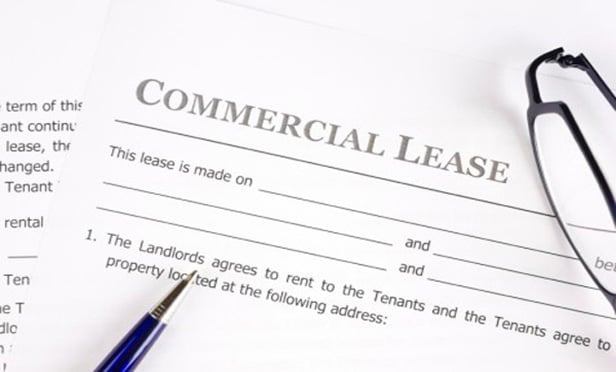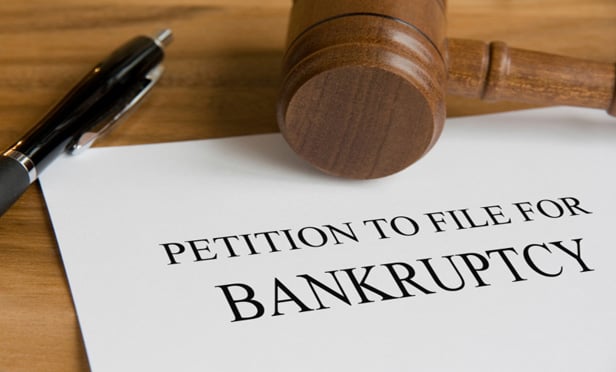Features

Rehearing Sought In 2d Circuit Finding of No Fair Use In Warhol Work
Maybe the U.S. Court of Appeals for the Second Circuit should have been a little more patient.
Features

Dr. Luke Isn't 'Public Figure' In Defamation Case Against Kesha
In a split decision that closely examined what constitutes a person being considered a limited public figure for the purposes of defamation standards, the New York Appellate Division, First Department, ruled that acclaimed music producer Lukasz "Dr. Luke" Gottwald is neither a general nor a limited public figure for the purposes of his defamation suit against famed singer Kesha, who has claimed Gottwald drugged and sexually assaulted her.
Features

U.S. Tax Court Rules on Valuation of Michael Jackson's Right of Publicity
The significance of the U.S. Tax Court decision for celebrities and their estates is clear: Prior to now, as Tax Court Judge Mark V. Holmes noted: "We haven't had a case directly addressing the taxability of the image and likeness."
Features

Insurer Loses Bid to Dismiss Cinemark's Case Over COVID-19
In a rare ruling, the Cinemark movie theater chain won the chance to keep litigating against its insurance company, seeking losses under a $500 million policy for business interruption from COVID-19.
Features

Counterfeiting vs. Infringement: Second Circuit Weighs In
In two recent cases, the Second Circuit provided guidance as to the circumstances that may give rise to liability for counterfeiting, as distinct from mere infringement, and addressed liability for contributory infringement for counterfeiting.
Features

Confession of Judgment Provisions In Commercial Leases
In states where they are enforced, a properly drafted confession of judgment clause in a commercial lease can be one of the most valuable tools in a landlord's toolkit for enforcing its leases and preserving its remedies.
Features

TikTok Dances Around Another Copyright Infringement Suit
The Texas lawsuit alleged that the social video app and parent company ByteDance Ltd. copied software code, and deleted or altered copyright management information in the code, and then used the code in the app that has 175 million downloads.
Columns & Departments

Bit Parts
Don Everly Prevails Over Late Brother Phil's Family Following Trial on Authorship of Everly Brothers' 1960 Hit "Cathy's Clown" Split Decision on Secondary Liability Claims Against Harry Fox Agency in Music Licensing Lawsuit Over Spotify Streaming of Eminem Compositions
Features

When Does Content of a Debtor's Bar Date Notice Satisfy Due Process?
The Third Circuit recently examined whether the content of a debtor's bar date notice satisfied due process, so as to discharge unknown litigation creditors' claims against the company after confirmation of the debtor's Chapter 11 plan of reorganization.
Features

New York Federal District Court Dismisses Investor Lawsuit Over Tencent Music IPO
In December 2018, China-based titan Tencent Music Entertainment launched a U.S. initial public offering (IPO). But the IPO resulted in an investor's class action suit alleging TME violated federal securities laws. This is part of a trend of increasing such securities suits against foreign companies, though the U.S.
Need Help?
- Prefer an IP authenticated environment? Request a transition or call 800-756-8993.
- Need other assistance? email Customer Service or call 1-877-256-2472.
MOST POPULAR STORIES
- The 'Sophisticated Insured' DefenseA majority of courts consider the <i>contra proferentem</i> doctrine to be a pillar of insurance law. The doctrine requires ambiguous terms in an insurance policy to be construed against the insurer and in favor of coverage for the insured. A prominent rationale behind the doctrine is that insurance policies are usually standard-form contracts drafted entirely by insurers.Read More ›
- The Brave New World of Cybersecurity Due Diligence in Mergers and Acquisitions: Pitfalls and OpportunitiesLike poorly-behaved school children, new technologies and intellectual property (IP) are increasingly disrupting the M&A establishment. Cybersecurity has become the latest disruptive newcomer to the M&A party.Read More ›
- A Lawyer's System for Active ReadingActive reading comprises many daily tasks lawyers engage in, including highlighting, annotating, note taking, comparing and searching texts. It demands more than flipping or turning pages.Read More ›
- Abandoned and Unused Cables: A Hidden Liability Under the 2002 National Electric CodeIn an effort to minimize the release of toxic gasses from cables in the event of fire, the 2002 version of the National Electric Code ("NEC"), promulgated by the National Fire Protection Association, sets forth new guidelines requiring that abandoned cables must be removed from buildings unless they are located in metal raceways or tagged "For Future Use." While the NEC is not, in itself, binding law, most jurisdictions in the United States adopt the NEC by reference in their state or local building and fire codes. Thus, noncompliance with the recent NEC guidelines will likely mean that a building is in violation of a building or fire code. If so, the building owner may also be in breach of agreements with tenants and lenders and may be jeopardizing its fire insurance coverage. Even in jurisdictions where the 2002 NEC has not been adopted, it may be argued that the guidelines represent the standard of reasonable care and could result in tort liability for the landlord if toxic gasses from abandoned cables are emitted in a fire. With these potential liabilities in mind, this article discusses: 1) how to address the abandoned wires and cables currently located within the risers, ceilings and other areas of properties, and 2) additional considerations in the placement and removal of telecommunications cables going forward.Read More ›
- The New York Uniform Commercial Code Comes of AgeParties in large non-consumer transactions with no connection whatsoever to New York often choose its law to govern their transactions, and New York statutes permit them to do so. What most people do not know is that the New York Uniform Commercial Code is outdated.Read More ›
